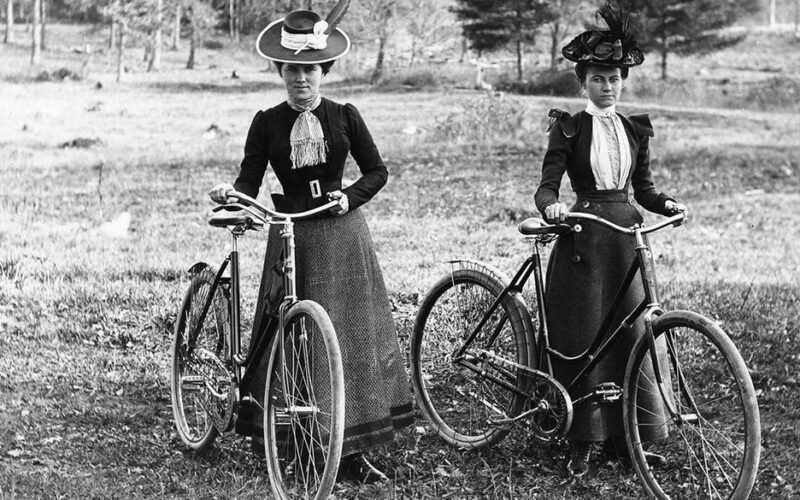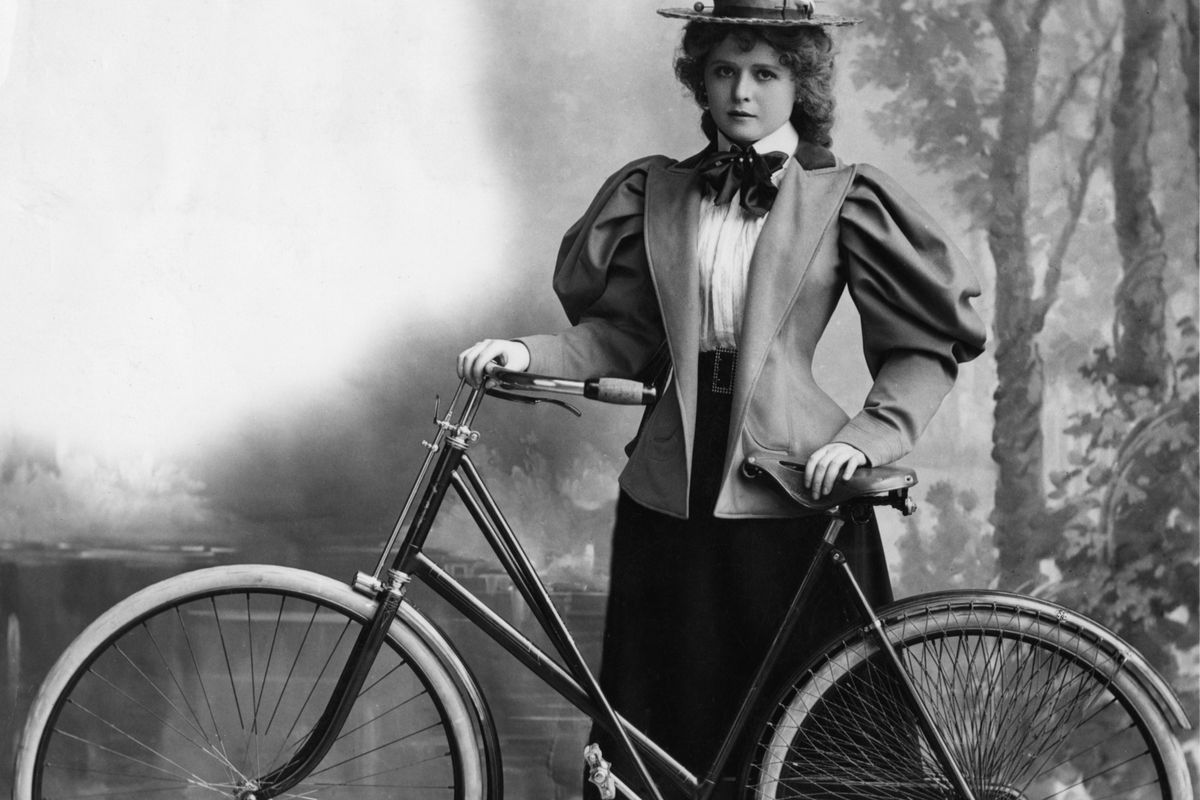Happy International Women’s Day
Happy International Women’s Day everyone. The campaign theme for this year is “Accelerate Action” which fits beautifully with the role the humble bike has had in forging change for women.
In a democratic country like mine, women take our freedoms for granted but it hasn’t always been so easy. We have our forebears to thank for much of what we enjoy. Strangely there are many parallels between Victorian society and the restrictions women have in countries in the Middle East and Africa today. And many great stories come from those countries about women riding bicycles as a way of expressing themselves.
In the 19th century in America and other Western nations, bicycles became emblematic of women’s bid for freedom. Riding a bike gave women new mobility and challenged Victorian restrictions on female behaviour. A woman on a bicycle no longer needed to depend on a man for transportation and could come and go as she pleased. Enthusiasm for cycling and women’s rights became so entwined that famed woman’s rights leader Susan B. Anthony famously said that “the bicycle has done more to emancipate women than anything else in the world”.
Frances Willard from Wisconsin in the US, leader of the Women’s Christian Temperance Union, published a book in 1895 about her efforts to learn to ride a bike in her fifties. It took her about three months of daily practice to conquer “this most mysterious animal.” It was a process that Willard used as a metaphor for women’s mastery of their own lives. Her enthusiasm for the bicycle inspired other women to ride.
“To men, the bicycle, in the beginning, was merely a new toy, another machine added to the long list of devices they knew in their work and play. To women, it was a steed upon which they rode into a new world,” proclaimed Munsey’s Magazine in 1896.
All kinds of claims were made to discourage women from riding bicycles. Some critics warned that the bicycle would harm women’s health. The sensitivity and fragility of women was a common theme. Women’s magazines often featured doctors warning of the dangers the bike posed to women’s reproductive organs. Others said the bicycle would get young women into trouble by allowing them to stray further from watching eyes during courtship. A woman on a bike was a threat to the social order.
It wasn’t just men who felt this way. Charlotte Smith, an outspoken advocate for women on other issues, called the bicycle “the devil’s advance agent morally and physically” in 1896.
The freedom that many women found on the bike took many forms, not the least of which was clothing. The restrictive corsets and long skirts that women wore were not conducive to pedalling. Cycling required a more practical form of clothing. “A woman with (bustle) bands hanging on her hips, and dress snug about the waist and chokingly tight at the throat, with heavy trimmed skirts dragging down the back and numerous folds heating the lower part of the spine, and with tight shoes, ought to be in agony,” wrote Willard in her book.
Those women who did adopt a new outfit, often loose-fitting trousers known as bloomers, earned the scorn and mockery of cartoonists and critics who viewed a woman in pants as unfeminine and scandalous.
The controversy seemed only to spur women’s interest in the bicycle. And once women started riding, they never stopped.
I know a few people who think that International Women’s Day is unnecessary and even sexist, but I think there is a need for all people to reflect on the unequal treatment women receive in many spheres. If we didn’t need to take affirmative action for women, there would be no Women’s Coordinator at my cycling club, Minister for Women in our governments, or Cycling Alliance to represent female cyclists. So, I’m advocating for support of International Women’s Day, to focus on discrimination, but also to celebrate women.


